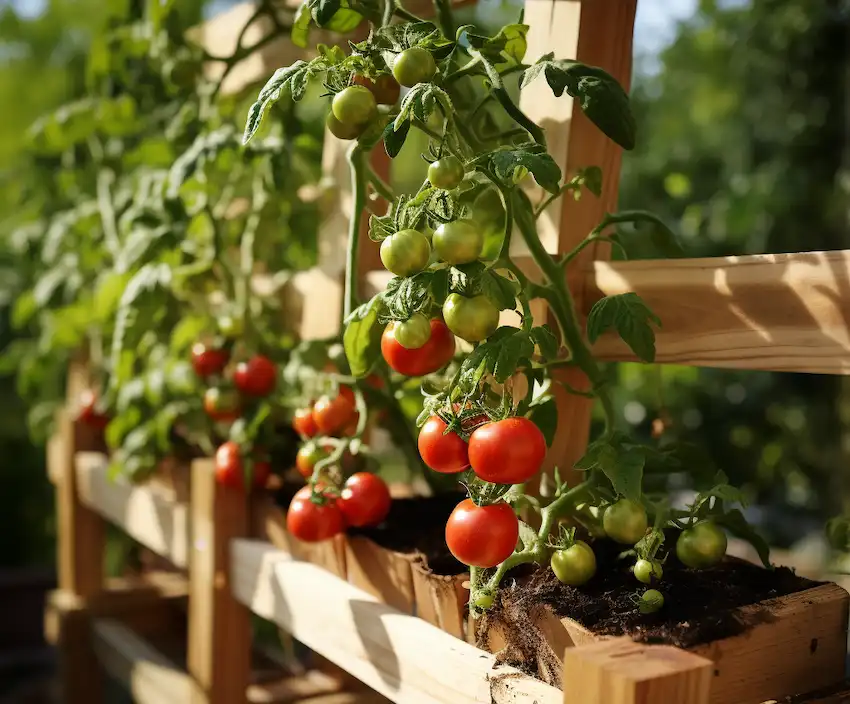Tomato plants are a favorite among gardeners for their productivity and flavor. However, as they grow, they can become heavy and unwieldy, leading to various issues that can impact their health and yield. This article explores the importance of tomato cages and offers a step-by-step guide to selecting and setting up the ideal support for your tomato plants.
**The Importance of Tomato Cages**
1. **Support for Growth**
Tomato plants, particularly indeterminate varieties, can grow very tall and become top-heavy with fruit. Cages provide essential support, preventing the plants from tipping over.
2. **Air Circulation**
Properly caged plants benefit from better air flow around the foliage, which helps reduce the risk of diseases such as blight and fungal infections.
3. **Sunlight Exposure**
Cages help ensure that plants receive even sunlight, which is crucial for consistent fruit development.
4. **Cleanliness**
Keeping tomatoes off the ground protects them from soil-borne pests and diseases, and keeps the fruit cleaner.
5. **Ease of Harvest**
Supported tomatoes are easier to harvest compared to those sprawling on the ground, making the gardening process more convenient.
**Step 1: Choosing the Right Cage**
1. **Size Matters**
Select a cage that will accommodate the full-grown size of your tomato plants. Indeterminate varieties often require taller and sturdier cages to support their extensive growth.
2. **Material**
Tomato cages come in various materials, including wire, metal, and wood. Consider factors like durability, weather resistance, and ease of storage when making your choice.
3. **Design**
Cages come in different designs such as conical, square, or round. Choose a design that offers good access to the plant and provides stable support.
**Step 2: Timing is Key**
1. **Early Installation**
Install cages early in the growing season, soon after transplanting your tomato seedlings. This helps avoid disturbing the roots and ensures the plant grows up within the support structure.
**Step 3: Installing the Cage**
1. **Secure Positioning**
Place the cage deep enough into the ground—at least 6-12 inches—to provide stability against wind and the weight of the plant.
2. **Adding Support**
For areas prone to wind or for particularly tall varieties, reinforce the cage with stakes or secure it to a fixed structure to enhance stability.
Step 4: Regular Maintenance
1. Pruning
Regularly prune excess foliage, especially for indeterminate varieties, to help the plant focus its energy on producing fruit.
2. Check Stability
Periodically inspect the cage to ensure it remains secure, especially after storms or heavy winds.
3. **Tuck Stray Branches**
Gently guide stray branches back into the cage to provide ongoing support and maintain good air circulation and sunlight exposure.
Using tomato cages effectively is crucial for the health and productivity of your tomato plants. They offer necessary support, improve plant health, protect the fruit, and make gardening easier. By selecting the right cage, installing it properly, and maintaining it throughout the season, you can enjoy a bountiful harvest of home-grown tomatoes. Happy gardening!
